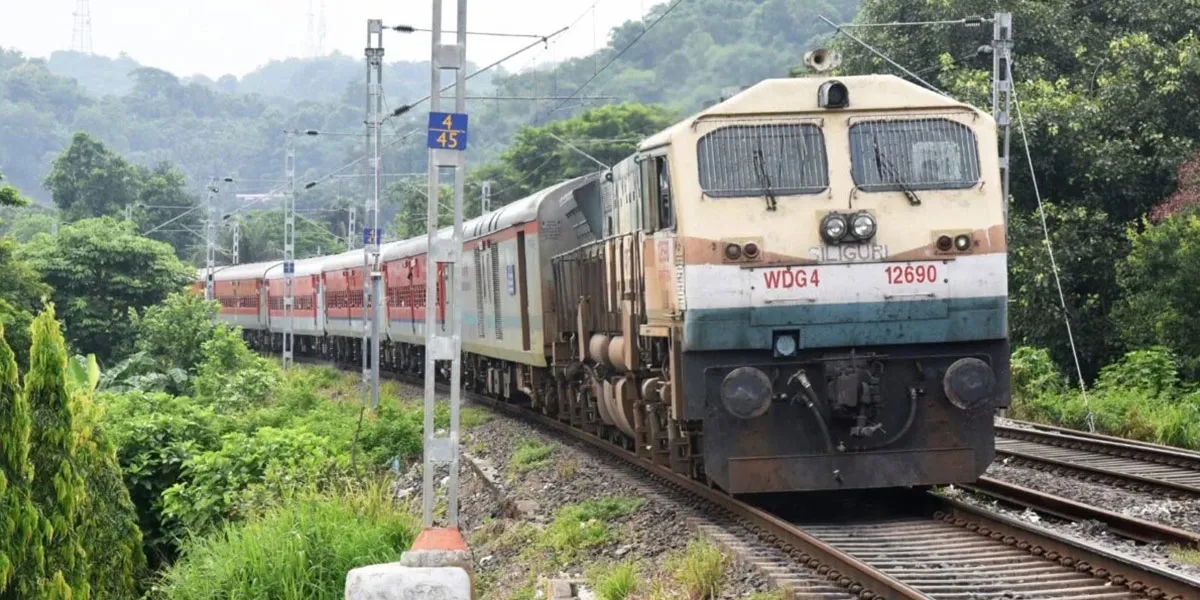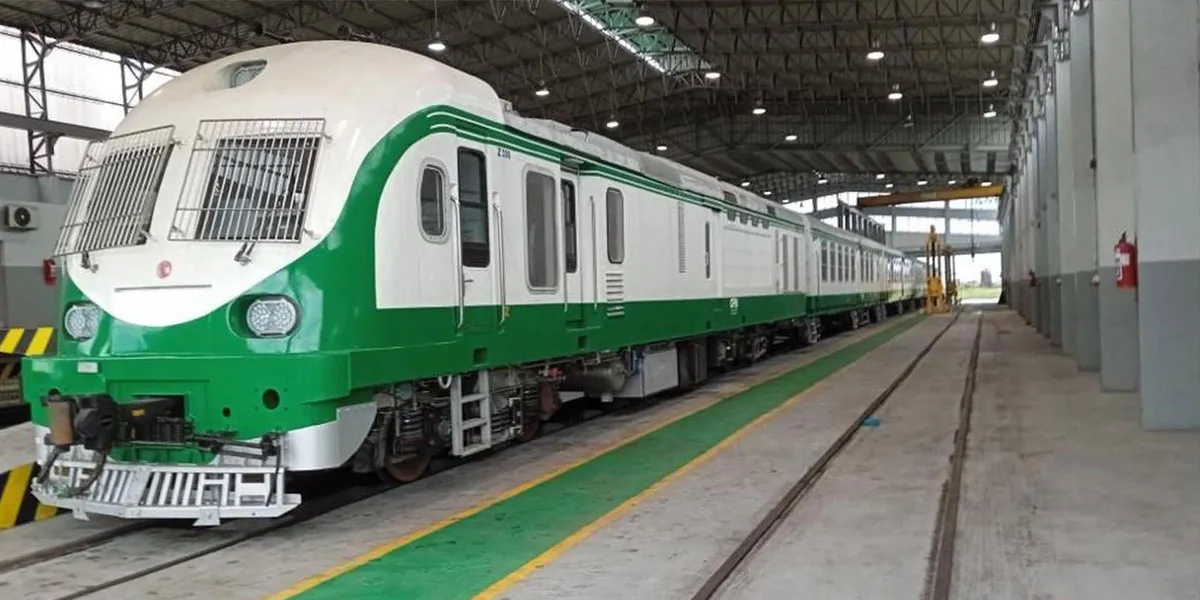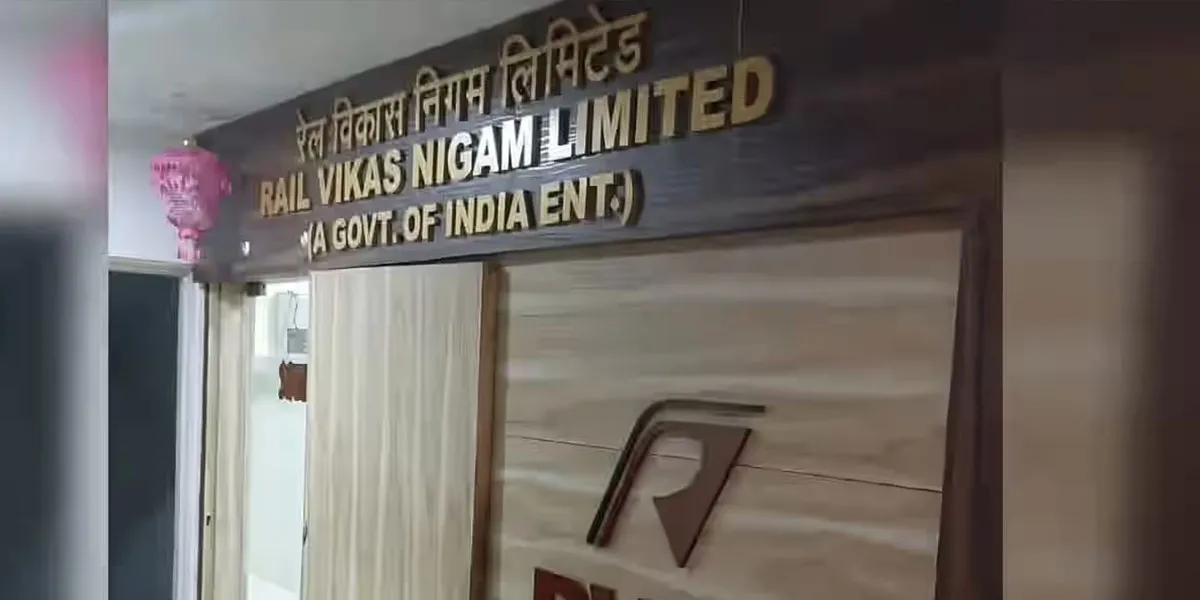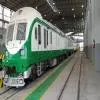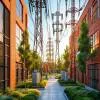Know how advanced technologies are gradually finding acceptance in India's elevators market
01 Aug 2018
13 Min Read
CW Team
Industry estimates suggest that India has a market for 48,000 to 54,000 new elevators against China's demand for about 500,000 units a year. In fact, India is the world's second largest market for elevators but demands far fewer escalators, just around 1,500.<br />
<br />
Demand for elevators and escalators in India is currently growing at about 5-6 per cent on the back of growing urbanisation, reckons <span style="font-weight: bold;">Vincent Pinto, Senior <br />
Vice President, New Installation Business, Schindler India.</span><br />
<br />
'Growth has been sluggish in the past couple of years owing to various economic factors but we see signs of a resurgence,' says <span style="font-weight: bold;">Bharat Vishnani, Managing Director, thyssenkrupp Elevator (India). '</span>Growth in the commercial segment is higher than in the residential segment.'<br />
<br />
<span style="font-weight: bold;">Dominant target markets</span><br />
While the residential sector generates around 70-80 per cent of the elevator demand in India, escalators are popular in commercial areas where footfalls are much higher. 'An escalator can typically handle 10 times the load of an elevator but operates at a much slower speed,' notes<span style="font-weight: bold;"> Amit Gossain, Managing Director, KONE Elevator India.</span><br />
<br />
'Residential real estate is an important part of our business and will continue to be, given urbanisation trends across India and the need for taller residential buildings to offset the availability of land,' says <span style="font-weight: bold;">Sebi Joseph, President, Otis India.</span> 'The commercial sector is also significant.'<br />
<br />
'About 75 per cent of our elevators are sold to the residential segment,' says<span style="font-weight: bold;"> Yohan John, Director, Johnson Lifts.</span><br />
<br />
'Our current segment-wise sales mix is 60 per cent residential and 40 per cent commercial,' says Vishnani.<br />
<br />
Residential buildings account for 85 per cent of the elevator and escalator market while the commercial, hospitality, infra and industrial segments contribute roughly 15 per cent, notes Pinto.<br />
<br />
'The residential segment contributes predominantly to our business,' agrees Gossain.<br />
<br />
<span style="font-weight: bold;">Growth drivers</span><br />
'In the residential segment, affordable housing has generated the most demand in the past three to four years,' adds John. 'A large number of metro projects and the enhancement of facilities at railway stations and airports have increased the off-take of elevators for the infra segment since 2005.'<br />
<br />
With affordable housing being given the status of infrastructure, Gossain expects this segment to show larger growth. He also expects the impetus being given to the infrastructure sector, urban planning and smart cities development to increase demand.<br />
<br />
With almost all India's real estate companies now looking to start affordable housing projects, John expects the segment to continue to drive the demand in the residential sector.<br />
<br />
'We are upbeat on affordable housing as it has the potential to be a game-changer,' says Vishnani. 'Providing Housing for All by 2022 will create 20 million new urban housing units and 30 million rural homes, which will provide a strong impetus to the Indian elevator market.'<br />
<br />
If the government's focus on building 100 smart cities is realised, Joseph believes it will speed up the pace of urbanisation and could provide immense growth to the elevator segment. Additionally, the development of ports, metros and airports could contribute.<br />
<br />
Activity and initiatives in Tier-II and Tier-III cities are driving growth while initiatives such as housing for all, development of smart cities and new infrastructure projects will drive growth, adds Pinto.<br />
<br />
<span style="font-weight: bold;">Elevator market by speed</span><br />
Typically, the speed of an elevator in a building depends on the number of floors, number of people anticipated to use the equipment and the time they can be expected to wait for the service (typically shorter in a commercial building than in a residential building), points out Gossain.<br />
<br />
A thumb rule for elevator speed prescribed in the National Building Code proposes that an elevator should be able to traverse all the floors of a building in 60 seconds, elucidates Pinto. Based on this, developers opt for elevator speeds of 1 m per second and 1.5 m per second for buildings ranging between five and 20 floors, he says.<br />
<br />
'Typically, elevators with speed up to 1 m per second cater to the low-rise segment whereas mid-rise projects are serviced by elevators up to 1.5-1.75 m per second,' notes Vishnani.<br />
<br />
With buildings that are six to seven storeys high making up the majority of the Indian residential segment, elevators operating at the speed of 1 m per second, a speed sufficient to cater to this height, make up over 80 per cent of the existing elevators, says Joseph, citing industry data.<br />
<br />
'In India, most elevators sold have a speed of 0.66 m per second to 1.25 m per second and are designed for buildings with four to eight floors,' says John.<br />
To cater to this mass housing segment, in 2016, Otis launched the Gen2 Core, an energy-efficient elevator with a speed of 0.7 m per second, and with or without a machine room.<br />
<br />
Kone's solutions for low-rise residential buildings include Kone Neo, a compact machine room elevator travelling at a speed of 0.63 m per second with a maximum capacity of eight passengers. For low- and mid-rise buildings, Kone offers the I MONOSPACE® and I MINISPACE™, a machine room-less and compact machine room elevator travelling at a speed of 1.6 m per second and 1.75 m per second respectively, both with a passenger carrying capacity up to 15. To cater to mid-range buildings developed with a greater accent on comfort, Kone offers the U-series elevator with an increased travel speed of 2.5 m per second.<br />
<br />
Demand for elevators for mid-rise buildings is expected to continue to see good growth. 'Although larger cities are being associated with high-rises and mini townships, a number of smaller residential and commercial buildings are coming up across these cities,' says John.<br />
<br />
However <span style="font-weight: bold;">Dikshu Kukreja, Principal Architect, CP Kukreja Architects, </span>also notes that as the skyline of Indian cities increasingly transforms with high-rises, the need for elevators with higher speed and safety standards will increase.<br />
<br />
<span style="font-weight: bold;">Prospects for escalator providers</span><br />
Metro stations are creating opportunities for providers of escalators. For instance, India's tallest escalator, with a height of 15.6 m and length of 35.3 m, is proposed to be installed at Delhi Metro's Janakpuri West interchange station.<br />
<br />
In Kolkata, 24 stations on the metro north-south route have 78 escalators, of which at least 25 have exceeded their lifespan of two decades. Twenty of these are expected to be replaced over the next 18 months, a move that will 'present good opportunities for manufacturers of heavy duty escalator manufacturers', says John. <br />
'Heavy-duty public service escalators are designed to run between 14 and 20 hours a day as against commercial escalators that are designed to run for 12 hours a day,' explains John. 'Heavy-duty escalators are capable of moving at 0.5 m per second to cater to 9,000 people per hour and at 0.66 m per second to cater to 11,000 people per hour.' <br />
<br />
Indian Railways has declared that an escalator would be made available at every station catering to more than 100,000 passengers daily. While most stations meeting this criterion already have escalators, a few new opportunities will emerge for escalator providers. <br />
<br />
Earlier, the Railways had more ambitiously proposed to install escalators at every station with an annual footfall exceeding 25,000. Following this, Otis had announced plans to enter the escalator market. Despite the change in the plan, Otis India is pressing ahead. According to Joseph, the company will start manufacturing escalators later this year at its Bengaluru factory, which was expanded a few years ago.<br />
<br />
Schindler India has established an escalator manufacturing facility at Chakan in Pune. <br />
Now turning to costs, Indian Railways has set aside Rs 1 crore for an escalator. Is this a reasonable amount?<br />
<br />
With the price of an escalator depending on factors such as its vertical rise and the scope of work, John believes this costing is realistic if it is considered only as the price for manufacturing, installation and a few years' maintenance. 'If they are also considering the civil and electrical work involved in the installation of an escalator, Rs 1 crore per escalator is on the lower side,' he says.<br />
<br />
'The overall cost of an escalator depends on the initial upfront cost, the location (indoor and outdoor), duty cycle and the maintenance contract chosen,' notes Pinto.<br />
That said, for escalators (and elevators) in India, there's clearly only one way to go: Up!<br />
<br />
<span style="font-weight: bold;">Protect Escalators from Water-Logging</span><br />
Come monsoon, and scores of railway stations across India experience water-logging and delays in train services. Invariably, escalator operations also suffer. 'Over the past few weeks in Mumbai, flooding at stations has necessitated all our escalators to be switched off,' says Yohan John, Director, Johnson Lifts. 'Most of these escalators are at the road level.'<br />
<br />
<span style="font-weight: bold;">How can station escalators be kept running in heavy rains?</span><br />
John says it is essential to provide the escalators with canopies and to prevent the entry of water into the station and ensure swift drainage of any water that falls in.<br />
'Outdoor installations are protected by providing drains in the escalator pit,' says Vincent Pinto, Senior Vice President, New Installation Business, Schindler India. 'Escalators are also provided with sensors to cut off the motor when the water level rises above a certain specified limit to prevent damage to the equipment and harm to users.'<br />
<br />
Schindler offers IP54 (ingress protection) rated systems that help protect the equipment from dust and water splashing against the enclosure.<br />
<br />
<br />
<span style="font-weight: bold;">How much has India progressed in adopting elevator technology?</span><br />
Improved elevator technology allows architects to develop iconic structures without compromising on circulation within the building, notes Architect Indrajit Kembhavi of Kembhavi Architects.<br />
<br />
'Ultra-rope technology is trending in today's high-rise design for enhancing energy-efficiency and speed,' he shares. 'Other positive developments are that carbon fibre lift cables have replaced woven steel cables and user experience is being enhanced through flat screens and projections in elevators.'<br />
<br />
Also, elevators with manual doors, which once formed a major part of the market, are on the decline, according to Vincent Pinto, Senior Vice President, New Installation Business, Schindler India. He attributes this to growing awareness of safety and energy-efficiency among customers and end-users. <br />
<br />
Schindler offers only auto-door elevators with safety features such as infrared door protection, automatic rescue device and two-hour fire-rated doors as standard.<br />
Kembhavi expects side-moving elevators and rope-less elevators to be the next big trends in elevator technology.<br />
<br />
<span style="font-weight: bold;">Will India adopt these space-saving elevators?</span><br />
Double-deck elevators comprise of two cars, one above the other, moving within the same shaft in tandem. Twin elevators also involve two cars moving in the same shaft but these move independently with respect to each other. <br />
<br />
India has yet to see any double-deck or twin elevators despite their benefits.<br />
'Twin elevators increase transportation capacity by simultaneously serving two floors in comparison to conventional elevators,' notes<span style="font-weight: bold;"> Amit Gossain, Managing Director, KONE Elevator India.</span><br />
<br />
'Schindler 7000 double-deck elevators serving two floors simultaneously deliver major increases in energy-efficiency while doubling handling capacity,' says <span style="font-weight: bold;">Vincent Pinto, Senior Vice President, New Installation Business, Schindler India. </span>'By needing fewer hoist ways than single-deck cars, these elevators free up space, giving architects greater creative opportunities and making buildings more profitable.'<br />
<br />
At a time when Indian cities are facing a severe crisis of congestion and FSI space is exorbitantly priced, Architect Indrajit Kembhavi of Kembhavi Architects sees potential for twin or double-decker lifts for their ability to optimise conveyance in 25 per cent lesser space.<br />
<br />
'Limitations on the size of the lift core in floor plans and the need to transport higher numbers will necessitate the use of twin elevators or those with multi-elevator cabs in shafts,' says <span style="font-weight: bold;">Dikshu Kukreja, Principal Architect, CP Kukreja Architects.</span> Kukreja has designed a 100-floor tower in Colombo, Sri Lanka, with twin elevators. <br />
However, to ensure that double-deck elevators serve users efficiently, appropriate signage must guide users to the correct car, cautions Pinto. <br />
<br />
<span style="font-weight: bold;">- Charu Bahri</span><br />
<br />
To share your views on the market for Elevators and Escalators in india, write in at feedback@ConstructionWorld.in<br />

